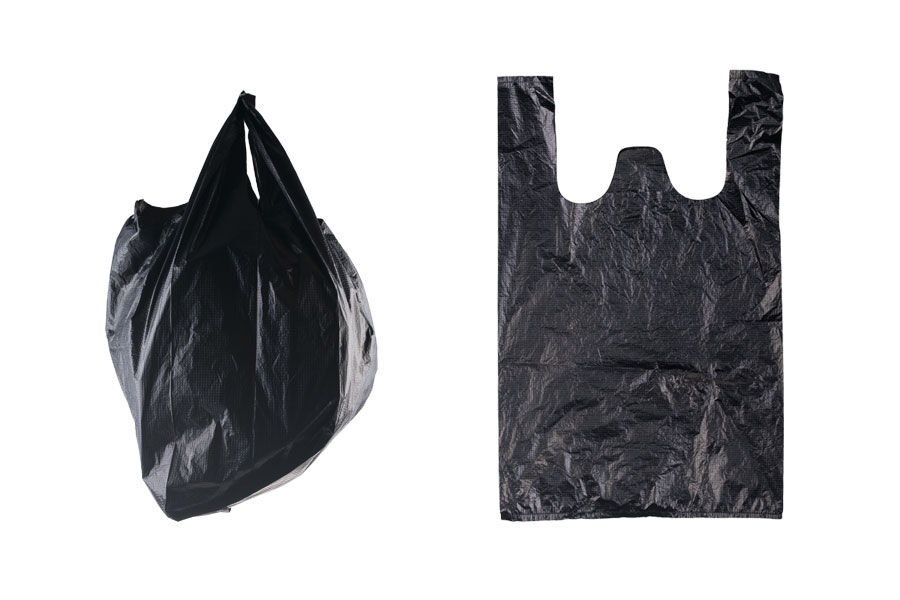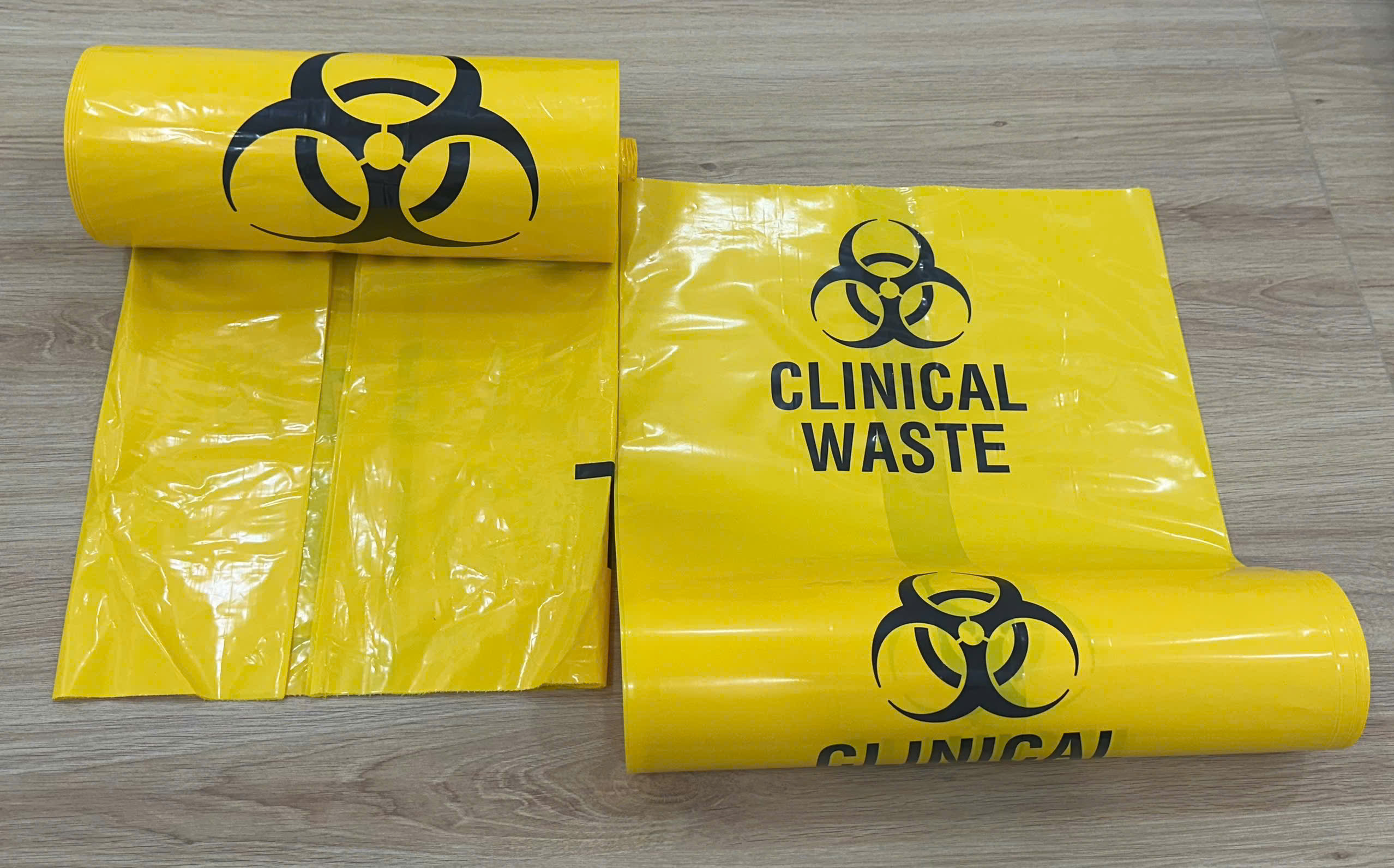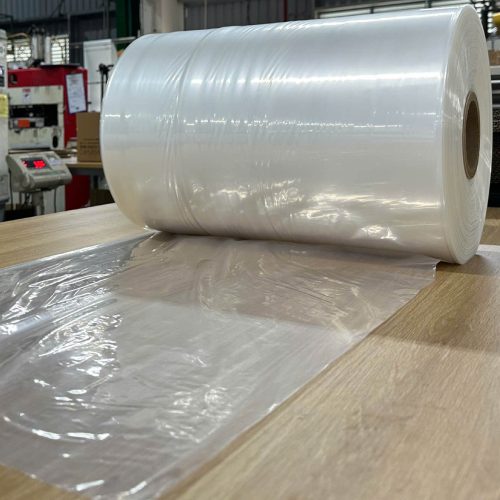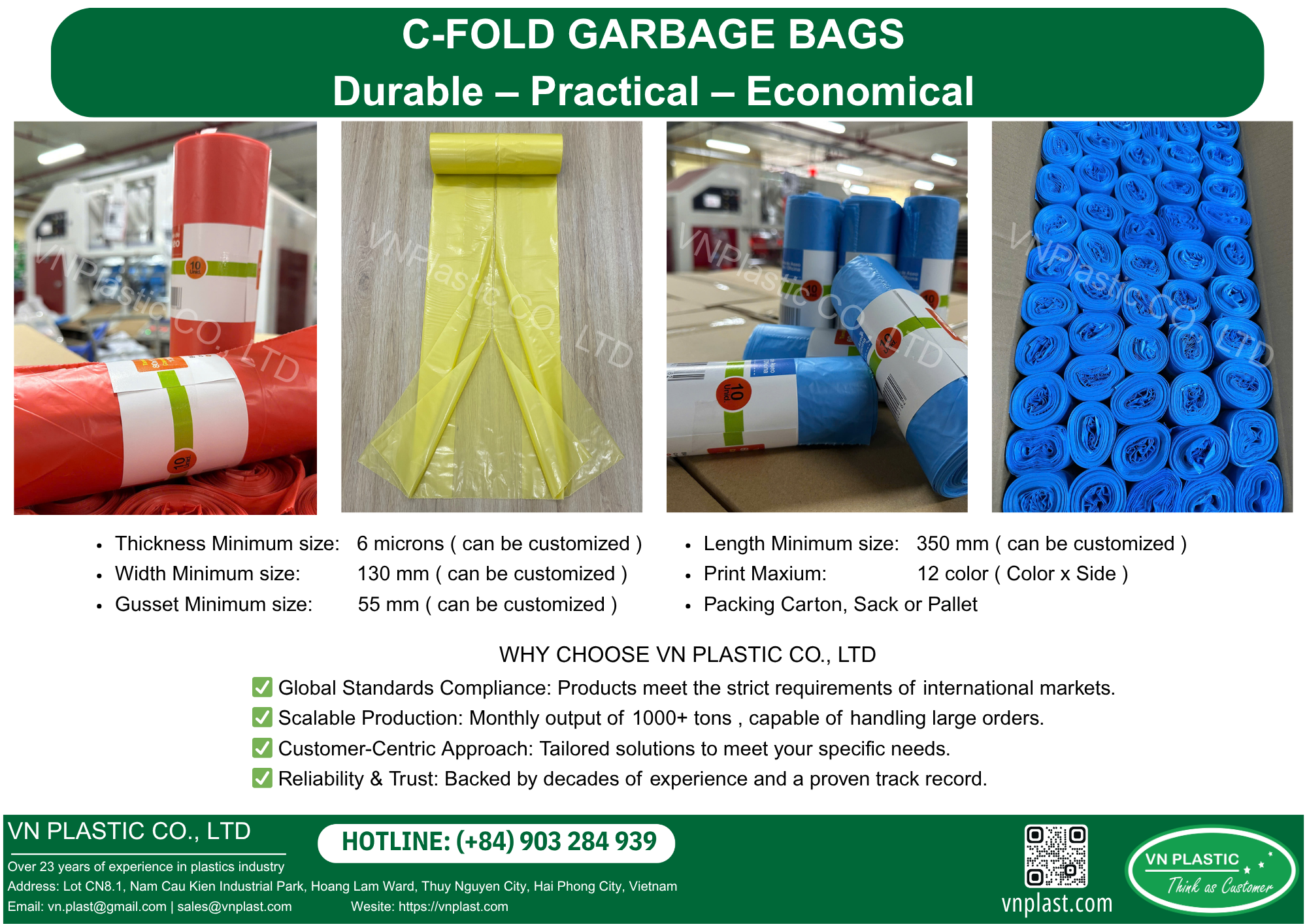The issue of plastic waste has become prevalent in today’s world, with plastic bags being among the most common culprits. Understanding how to recycle these items responsibly is crucial for preserving our environment and reducing pollution. While it may seem challenging, learning about the recycling process can empower individuals to make a positive impact on our planet.
Plastic bag

Plastic bags have transformed modern life in many ways, providing convenience and ease for consumers. However, their longevity in landfills and oceans raises pressing environmental concerns. A proper understanding of plastic bags will help shed light on their implications and the steps we can take towards more sustainable practices.
The history of plastic bags
The introduction of plastic bags dates back several decades. Originally designed as a lightweight and reusable alternative to paper bags, they quickly gained popularity due to their practicality and cost-effectiveness. The initial perception was that they offered a solution to consumer needs without significant downsides.
Over time, however, the detrimental effects of plastic bags became undeniable. Their production relies heavily on petroleum-based resources, contributing to greenhouse gas emissions. Moreover, the persistence of these materials in landfills and marine environments causes severe ecological damage. This shift in narrative prompted a global movement toward plastic bag bans and increased awareness regarding the importance of recycling.
Common uses of plastic bags
Plastic bags are ubiquitous in everyday life and serve various purposes. They are commonly used in grocery stores, retail shops, and food establishments for packaging products and carrying goods.
In addition to their commercial applications, plastic bags find utility in household tasks. Many people reuse them for trash liners, storage, or organizing small items. While reusing plastic bags is commendable, over time, even the most conscientious users accumulate large quantities that often end up discarded rather than recycled.
Environmental impact of plastic bags
The environmental implications of plastic bags cannot be overstated. When not disposed of properly, they contribute to litter in urban landscapes and pose threats to wildlife. Animals often mistake plastic bags for food, resulting in ingestion that can lead to injury or death.
Furthermore, plastics do not biodegrade; instead, they break down into smaller microplastics, which infiltrate ecosystems and enter the food chain. The consequences are far-reaching, affecting biodiversity and human health. Recognizing these impacts is vital for fostering awareness and encouraging responsible recycling habits.
Plastic bag in vietnamese

In Vietnamese, a plastic bag is referred to as “túi ni lông.” This term encompasses the same connotations regarding consumer convenience and environmental challenges faced worldwide. Exploring the cultural context surrounding the use of plastic bags in Vietnam reveals insight into localized practices and potential solutions.
The prevalence of plastic bags in Vietnam
Vietnam’s rapid economic growth has led to an increase in consumerism, and consequently, the use of túi ni lông has skyrocketed. Markets and street vendors widely use plastic bags for packaging goods, making them part of daily life.
However, as awareness of environmental issues expands, there is a growing push within Vietnam to reduce reliance on plastic bags. Several governmental initiatives aim to promote eco-friendly alternatives and encourage citizens to adopt sustainable habits.
Cultural attitudes towards recycling
Despite the increasing availability of information, attitudes toward recycling in Vietnam vary. Many individuals still perceive túi ni lông as disposable items, leading to improper disposal. However, grassroots movements championing environmental conservation have started to gain traction, promoting community cleaning events and educational campaigns on recycling.
Understanding local customs and traditions provides an opportunity to create tailored approaches to recycling. Engaging communities through social initiatives fosters a sense of responsibility and ownership over environmental issues.
Innovations in plastic bag alternatives
As the demand for eco-friendly solutions rises, Vietnamese entrepreneurs are exploring innovative alternatives to túi ni lông. Biodegradable bags made from natural materials, such as cornstarch or cassava, present promising options for environmentally conscious consumers.
These developments highlight the potential for transforming the market landscape while addressing pressing environmental concerns. Encouraging widespread adoption of safer alternatives can drastically reduce plastic pollution and foster a sustainable culture.
Plastic bag texture

The plastic bag texture plays a significant role in its functionality and recyclability. Different types of plastic bags possess unique characteristics that affect how they are handled during recycling processes. Understanding these variations is crucial when considering proper recycling methods.
Types of plastic bag textures
Plastic bags typically fall under two categories: high-density polyethylene (HDPE) and low-density polyethylene (LDPE). Each type exhibits distinct plastic bag textures. HDPE bags are thicker and sturdier, often used for groceries, whereas LDPE bags are thinner and more flexible, commonly found in dry cleaning and food packaging.
These differences impact recyclability. HDPE bags are more readily accepted at recycling facilities, while LDPE bags often require specialized processing. Knowing these details helps consumers make informed decisions about where and how to recycle their bags.
Importance of cleanliness
One key aspect influencing the plastic bag texture and its recyclability is cleanliness. Contamination from food residues or other materials can render bags unsuitable for recycling.
Consumers should ensure that bags are clean and free of any leftover substances before disposal. This simple practice increases the chances of successful recycling and diminishes the risk of contamination in recycling streams.
The impact of plastic bag texture on recycling processes
Different plastic bag textures can complicate recycling efforts. For instance, thinner bags may tend to clump together, causing operational challenges in recycling facilities. These complications can result in increased costs and inefficiencies.
Advancements in technology and sorting techniques hold promise for improving recycling outcomes across varying textures. Research and development in this area can potentially streamline processes and enhance overall effectiveness in managing plastic waste.
Plastic bag packaging
Plastic bag packaging is a critical component of the larger conversation surrounding sustainability and responsible consumption. An examination of the lifecycle of plastic bag packaging reveals opportunities for improvement and innovation.
Materials used in plastic bag packaging
Most plastic bag packaging consists of materials derived from fossil fuels, primarily polyethylene. The extraction and refinement processes involved in producing these materials have substantial environmental implications, including carbon emissions and resource depletion.
To mitigate these impacts, many companies are now looking toward renewable resources and biodegradable materials for packaging solutions. Exploring sustainable alternatives, such as plant-based polymers, can significantly reduce the ecological footprint associated with plastic bag packaging.
The role of branding and consumer awareness
Branding plays a pivotal role in shaping consumer perceptions around plastic bag packaging. As businesses embrace more sustainable practices, transparent communication regarding the materials used and their environmental implications can build trust with consumers.
Today’s consumers are increasingly discerning, seeking products with minimal environmental impact. Brands that actively promote their commitment to sustainability can attract environmentally conscious shoppers and contribute to a shift in consumer behavior.
Regulatory measures and initiatives
Governments and organizations worldwide are implementing regulations targeting plastic bag packaging. Bans on single-use plastic bags are becoming more commonplace, pushing businesses to explore alternatives.
Such measures can accelerate the transition toward more sustainable packaging solutions, ultimately benefiting the environment. Advocacy groups play a significant role in raising awareness and lobbying for legislative change.
Plastic bag factory
The operations of a plastic bag factory represent the beginning of the plastic lifecycle, where raw materials are transformed into finished products. Examining the practices employed in these factories offers valuable insights into the future of plastic manufacturing and recycling.
Production processes in a plastic bag factory
Manufacturing plastic bags typically involves several steps, including extrusion, blowing, and sealing. The process requires considerable energy input and generates emissions, underscoring the necessity for sustainable practices within the industry.
Many factories are adopting innovative technologies to enhance efficiency and minimize waste. Implementing closed-loop systems can harness byproducts from production, redirecting materials back into the manufacturing process.
Labor practices and industry standards
The labor conditions within plastic bag factories also merit attention. Ensuring ethical treatment of workers is essential for fostering a responsible industry.
Companies that adhere to fair labor practices and prioritize employee well-being can set themselves apart in a competitive market while instilling confidence among consumers concerned about corporate social responsibility.
Future directions for plastic bag factories
As awareness of environmental issues continues to grow, plastic bag factories must evolve to meet changing demands. Investing in research and development can yield innovative materials and processes that reduce reliance on traditional plastics.
Exploring biodegradable alternatives and leveraging advanced recycling technologies represents a way forward for the industry. Collaboration between manufacturers, governments, and consumers will be crucial in shaping a more sustainable future.
Conclusion
Recycling plastic bags presents an opportunity for individuals and communities to take meaningful action toward safeguarding the environment. By understanding the multifaceted aspects of plastic bags, from their historical context to contemporary innovations, we pave the way for informed decision-making and responsible behaviors.
Promoting awareness of local practices, advocating for sustainable alternatives, and participating in community initiatives can spur positive change. As each individual contributes towards better recycling practices, we collectively move toward a future where plastic waste is minimized, and environmental stewardship prevails. Embracing sustainability is not merely a trend; it is imperative for ensuring the health of our planet for generations to come.
Factory: No 5, Lot CN8.1, Nam Cau Kien Industrial Park, Hoang Dong Commune, Thuy Nguyen District, Hai Phong City, Viet Nam.
Tel/whatsapp:(+84)903 284 939
Ws: http://vnplast.com
Email: [email protected] | [email protected]




